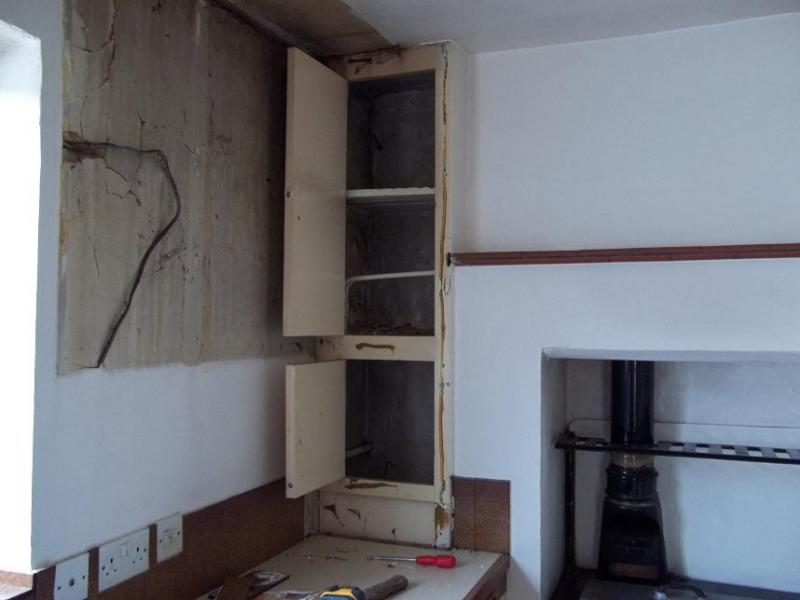I am looking for advice on un-vented hot water systems.
I do not like them as they are very dependent on safety devices which might fail when they are needed to operate due to a fault elsewhere in the system.
But I have little option but to use unvented in the renovation of the 490 year old Grade 2 listed thatched cottage I have just bought. No space in the attic for a reasonable sized cold water tank and nothing structurally strong enough to support it.
The heat source will be a heat only modulating gas boiler, ( Baxi Solo ? )
It might be that I install two indirect tanks as the pipe runs between upstairs bath room and ground floor kitchen and shower room will be very long and the waste of water while waiting for hot water to arrive will be significant.
Any suggestions as to manufacturers.
Any things to be careful about.
I do not like them as they are very dependent on safety devices which might fail when they are needed to operate due to a fault elsewhere in the system.
But I have little option but to use unvented in the renovation of the 490 year old Grade 2 listed thatched cottage I have just bought. No space in the attic for a reasonable sized cold water tank and nothing structurally strong enough to support it.
The heat source will be a heat only modulating gas boiler, ( Baxi Solo ? )
It might be that I install two indirect tanks as the pipe runs between upstairs bath room and ground floor kitchen and shower room will be very long and the waste of water while waiting for hot water to arrive will be significant.
Any suggestions as to manufacturers.
Any things to be careful about.


